Thermocouples can and do provide useful power.
Long distant satellite probes are powered by RTGs: http://fas.org/nuke/space/gphs.pdf
This document describes how the thermo-electric effect is used to power these spacecraft, with, typically 572 junctions, generating 294W ( 28V @ 10.5A) at the beginning of a mission, reducing over time as the radioactive source decays.
http://www.osti.gov/scitech/servlets/purl/4716190/ describes in detail, exhaustive research into materials that could be used in these generators.
Silicon-Germanium junctions produce >300 microvolts per degree K, which is high compared to a typical 'measurement' grade thermocouple junction.
If you want to use a thermocouple to measure something, then you need to cause as little current to flow as possible. If you want a junction to provide current, then you take as much as you can whilst allowing for the voltage drop across the junction.
A very similar issue with PV panels on the roofs of houses, where the PV inverter reduces the current drawn, to maintain the voltage, to give the maximum power extracted.
